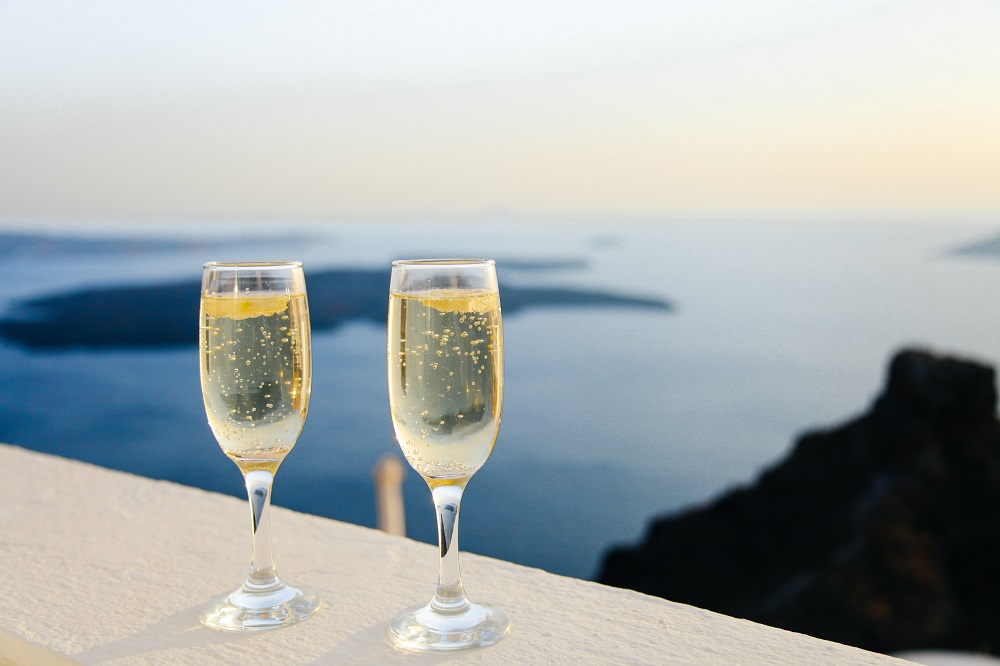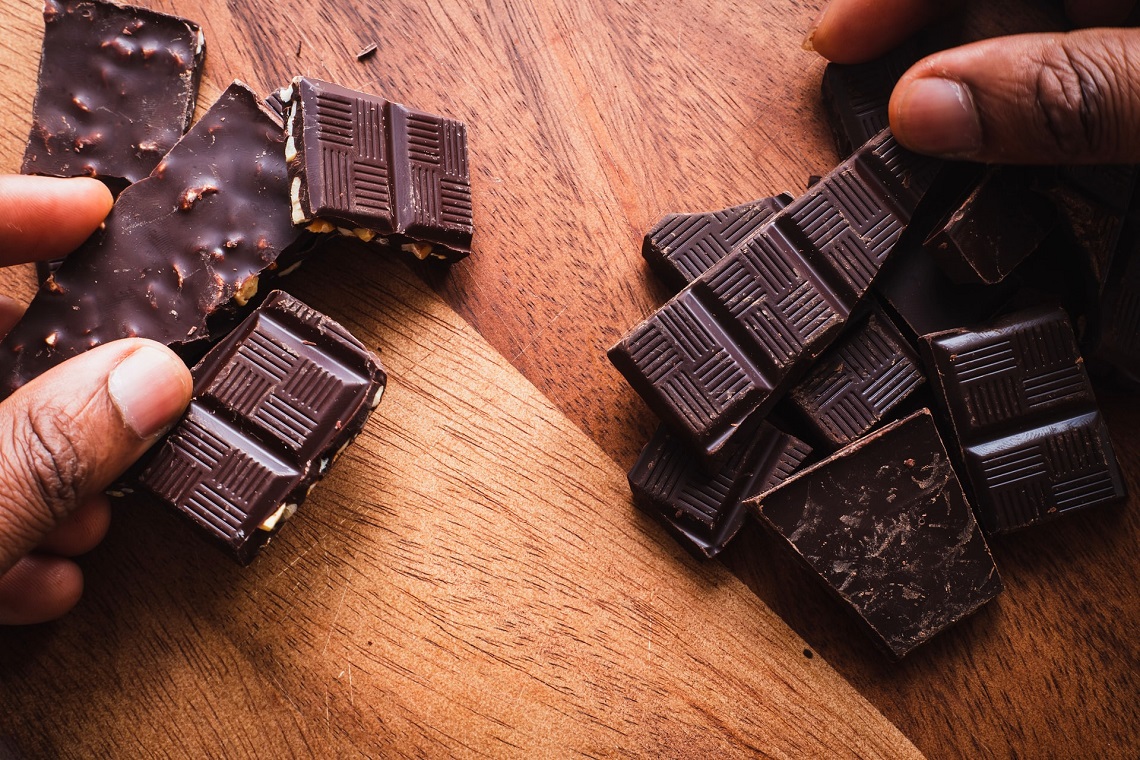Inquiry & Indulgence
Unsatisfied curiosity can lead to excess and extravagance
Can a TV series cliffhanger make you eat more chocolates? Can a fruitless recipe search prompt you to spend more on a luxury vacation package? If the last few pages are torn out of your whodunit novel, will you make your evening glass of wine a double?

Indeed, unsatisfied curiosity has a direct connection to indulgence, according to new research co-authored by Shailendra Jain, the James D. Currie Professor of Marketing at the University of Washington Foster School of Business.
Jain and his collaborators conducted five separate studies to test a provocative theory that curiosity, when left unsatisfied, creates within us a broader desire for rewards and an inclination toward indulgent rewards in particular.
The studies pulled apart each piece of this three-part mechanism to produce robust evidence for the broader process.
“This is theoretical research—we are proposing a model, a process, and looking for rigorous ways to test if this mechanism is true,” says Jain. “Through the five studies, we did gather very strong evidence, both in behaviors within experiments and in physiological evidence through brain imaging.”
The dark side of curiosity
Jain, who studies consumer behavior, says that these findings may not surprise everyone. In TV, film, literature and even journalism, sparking curiosity through teasers or cliffhangers is a well-known way to drive consumption—and perhaps even binge-watching or binge-reading.
But it turns out that the inquisitive urge, when left unsatisfied, takes on broader momentum.
“We usually think of curiosity as a virtue,” Jain says.
But it also has a dark side.
While curiosity drives us to learn and innovate, for example, it also could contribute to decidedly unhealthy behaviors. These ills range from overspending and overeating unhealthy foods to even more damaging forms of indulgent reward-seeking such as gambling, excessive drinking and other addictive behaviors.
A bodily connection
What, exactly, is going on here?
Let’s say that you are reading a good mystery but don’t yet know “whodunit,” leaving you in a state of unsatisfied curiosity. This mental state can be observed in your brain activity.

Jain and his co-authors—former Foster doctoral student Kyra Wiggin and Martin Reimann of the University of Arizona—did just that, analyzing fMRI scans of people experiencing a state of curiosity. They charted activity in the insula, a region of the brain known for sensing and synthesizing both emotional and physical signals in the body. The insula is an internal reporter; one of its jobs is to broadcast the queasy flip of your stomach and tell you to choose the well-lit street over the dark alley.
This crossover terrain between emotion and physical sensation could explain why we often represent curiosity as a physical appetite. We “thirst” for knowledge or “hunger” for an answer. The insula could also explain why unsatisfied curiosity makes a jump from its source—wondering if the next-door neighbor is cheating on her partner—to desiring a reward unrelated to the source.
It appears to trigger a broader hunger.
Promoting (or preventing) indulgence
The evidence for this link between unsatisfied curiosity and indulgence could prove useful to marketers and product designers looking to understand consumer behavior and promote indulgence. However, there is also a health implication to the findings.
“There’s a piece of this that could help us better understand the complicated pathway to addiction,” notes Jain.
If we can reveal and understand forces that drive us toward indulgence, we can get closer to interventions to counter those forces. In this time of COVID-19, when so many Americans are stressed and their normal activity is restricted, there is an even greater urgency to understand unhealthy behaviors, he says.

50 percent more chocolate?
So, what is the magnitude of curiosity’s effect on indulgent consumption?
In two of the five studies, chocolate candies were the indulgence being measured—and the unsatisfied subjects ate about 50 percent more, on average. Can we extrapolate that finding and say the effect is a 50 percent increase in any indulgent behaviors?
“Definitely not,” laughs Jain, unless that 50 percent multiplier were replicated many times in a range of studies.
However, we can look at Jain’s studies and conclude, based on the statistical strength the researchers observed in their experiments, that the indulgence effect of unsatisfied curiosity is substantial.
Curiosity is curious, indeed.
“Curiosity Tempts Indulgence” was published in the April 2019 Journal of Consumer Research.
